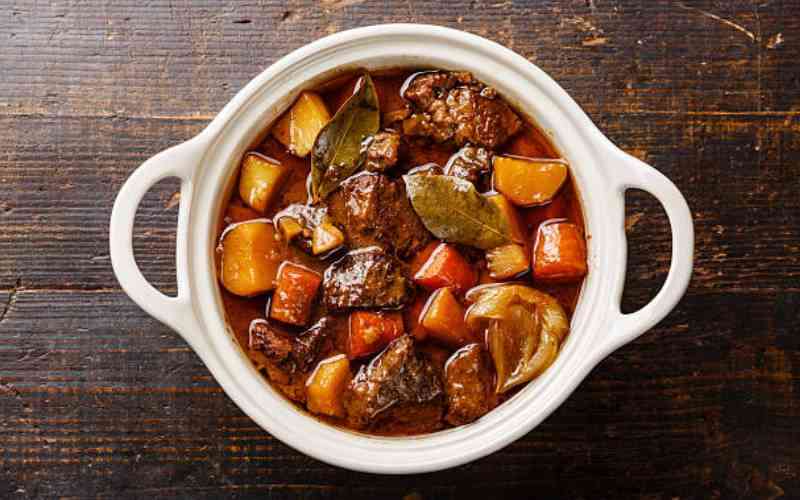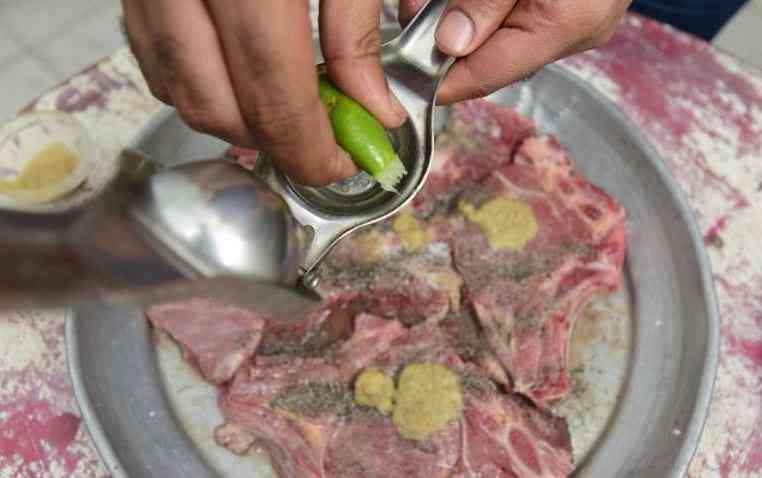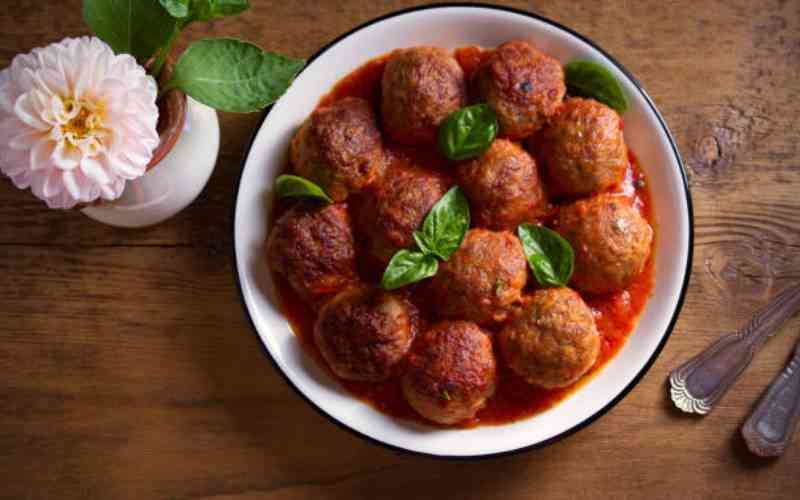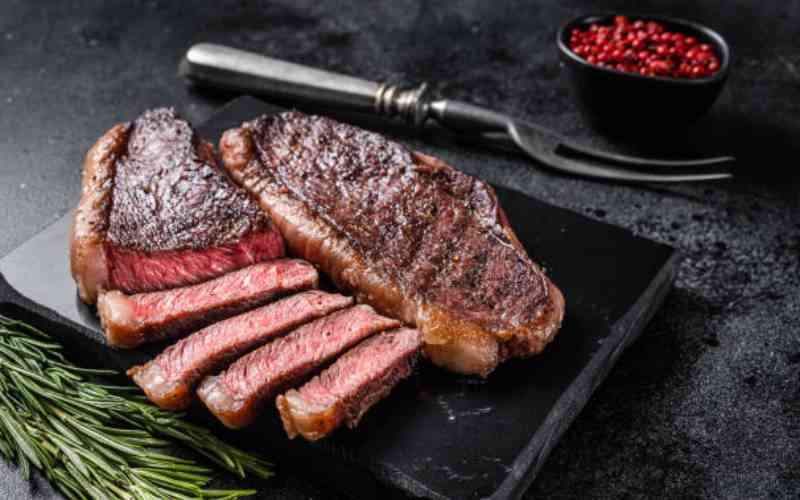
For some of us, shopping is all the retail therapy we need to unwind after a long day.
Comparing juicy tomatoes and inspecting expiry dates just does it for us. The problem however arises when you get home and you have to unpack and store what you bought away.
Everything new needs to be washed or wiped down clean before getting stored away into their respective spaces and this can be hectic.
If you have trouble stocking your refrigerator after a shopping spree, here is how you can ensure your foods last longer and saves you those unnecessary trips to the store:
DairyDairy products go bad quickly and for this reason you must be cautious of where you’re storing them. Milk for instance can go up to seven days or more depending on the type once it is opened.
To give it a much longer shelf life you want to keep milk, yogurts and cheese inside where the temperatures are much colder so they can maintain freshness.
Do not store them on the door or near the door as most fridge signs suggest. This is because every time you open the fridge the temperature fluctuates and this may spoil the products around that area.

These have the shortest shelf life because we tend to buy them when they’re already ready to eat and they continue to ripen regardless of where you put them.
If your fridge has compartments for high and low humidity, take advantage of that.
You want to place foods that ripen quickly like avocados, apples etc. on the low humidity drawer and for those vegetables that wilt quickly like lettuce and cilantro on the high humidity drawer to preserve their freshness.
BreadNot everyone enjoys cold bread but once you open anything it needs to be refrigerated or it will go bad in a matter of days.
To give your bread, bagels and cakes fresh you should consider storing them in the freezer or at the coldest corner in your fridge.
When you’re ready to eat just remove them 30 minutes before or toss them in the oven or toaster.

To ensure no contamination happens you want to place your meat or poultry in an air tight container or a zip lock bag and place it at the bottom compartment of the fridge so that if any juices leak, they will not come into contact with other foods.
If possible, have meat in its own drawer and set the temperature at around -2 degrees centigrade.

Two hours after food has been cooked and served is the best time to store it in clean containers or wraps then refrigerated.
If there is too much food, it is wise to put them in smaller containers so they can cool faster.
And when it is time to raid the fridge, eat the oldest foods first. Place the fresh food behind and bring the old one in front to avoid confusion.
Depending on the food, it shouldn’t stay in the fridge longer than four days or bacteria will start to multiply.
 The Standard Group Plc is a multi-media organization with investments in media platforms spanning newspaper print
operations, television, radio broadcasting, digital and online services. The Standard Group is recognized as a
leading multi-media house in Kenya with a key influence in matters of national and international interest.
The Standard Group Plc is a multi-media organization with investments in media platforms spanning newspaper print
operations, television, radio broadcasting, digital and online services. The Standard Group is recognized as a
leading multi-media house in Kenya with a key influence in matters of national and international interest.










